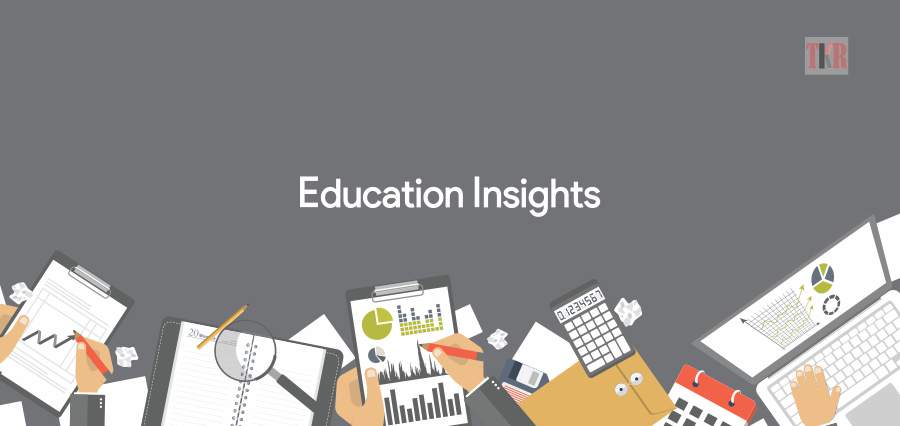The current education scenario has drastically changed with the advent of the latest technologies. Today’s educators are laying much stress to make sure that students are trained well in each class so that they are well-prepared to enter the workforce or pursue higher education. It is critical for every educational institution to frame clearly-defined goals for student learning, and focused summative and formative assessments and activities to enhance the students’ mastery in the subject being taught. Educators should be trained to accomplish these learning goals in a state or national level and should be provided with the tools truly required for creating the conditions needed for the educational growth of the students.
Predictive analytics is nowadays playing a major role in educational institutions. Many schools are collaborating with universities and major organizations to introduce advanced analytics for creating innovative and new models and tools to develop and enhance the students’ performance. Predictive analytics is being used by many schools to monitor, assess and predict student performance in order to improve learning.
Schools are using predictive analytics in many ways. They are using it to build an early warning indicator based on the students’ attendance, course failure and behavior to predict dropouts. It is also being used to predict timely graduation procedures, and to track student grades. Moreover, it is also being used to measure indicators to predict whether the students are ready for college and a career. Nowadays, it is also being utilized to identify and retain efficient teachers.
Predictive analytic models are used to examine students on school-based or classroom-based indicators to predict an outcome that needs attention and improvement. Statistical analysis is used to measure indicators which could include measurable elements like course grades, attendance, course level, suspensions, extra-curricular acivities, and so on. Moreover, data such as classroom observations and non-cognitive variables can also be used. Predictive analysis can provide a predicted score which can be useful in categorizing students in various groups requiring high intervention, medium intervention and low intervention.
Advantages of Predictive Analytics
Proper predictive analysis provides data and indicators which can be constructively utilized by the school staff to improve the educational status. These indicators provide institutions the scope to control and improve certain conditions in the academic environment. For example, the school staff can change or influence certain elements like enrolment in rigorous courses or student attendance.
Results of predictive analytics can help the school authorities and staff as they can use the data to take necessary decisions. Schools and colleges can use this information as a tool to monitor progress and development of individuals and groups. They can use it to identify student needs, utilize the resources and come up with necessary intervention programs and plans to assist and support the students in need.
Policies can be changed based on the information gathered out of analytics. Moreover, school staff can also use the results in designing intervention strategies. Teachers can use the results to improve instruction procedures for each student. They can also interact with the parents regarding their ward’s progress. Teachers can also gather information from students about individual students, their strengths and weaknesses and assist them in setting objectives.
Limitations of Predictive Analytics
Though predictive analytics comes along with its set of advantages, it also has its own limitations. Predictions are made on the basis of the data collected from the school’s database. Other influencing factors like family, peers, and counselors are not considered, which may affect the student’s performance and progress with time. Therefore, predictive analysis should be used by the educators in addition to other influencing factors.
Predictions are often made based on historical data on an individual. For example, based on the indicators of a student studying currently in the 9th standard, one cannot make accurate predictions of how the same student will perform or behave three years later. Many factors should be taken into consideration like personal and social aspects. Proper research procedures should be followed and constantly updated with time along with changes in student cohorts, course structures and instructional assessments.
In spite of its few disadvantages, predictive analytics has a comparatively higher share of advantages, and should be encouraged in educational institutions.
Proper Implementation
For successful implementation of predictive analytics, schools should maintain a well-developed data system to gather essential data and make accurate predictions. It should be made sure that accurate data is available, stored properly, and can be used as and when required. Data should be stored and maintained properly using specialized soft wares if needed. Proper training should be provided to the staff and teachers on how to use the results. Schools can also outsource organizations that specialize in big data and analytics. The heads of the institutions should be trained on how to properly utilize the collected data for policy implementation, resource allocation and for effective support and interventions. Students should be given proper attention and steps should be taken to improve teaching procedures and policies as per the requirements.









